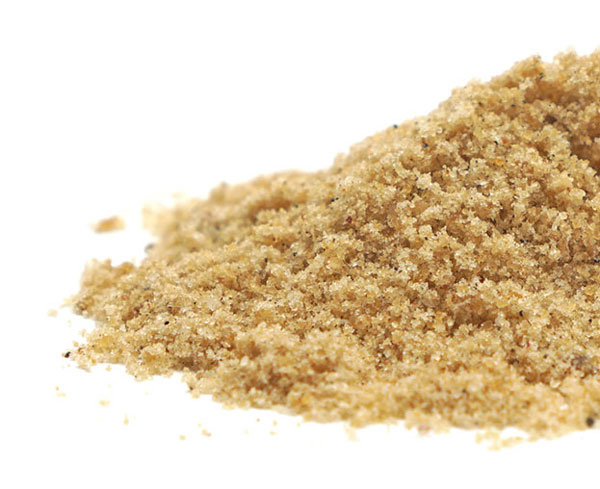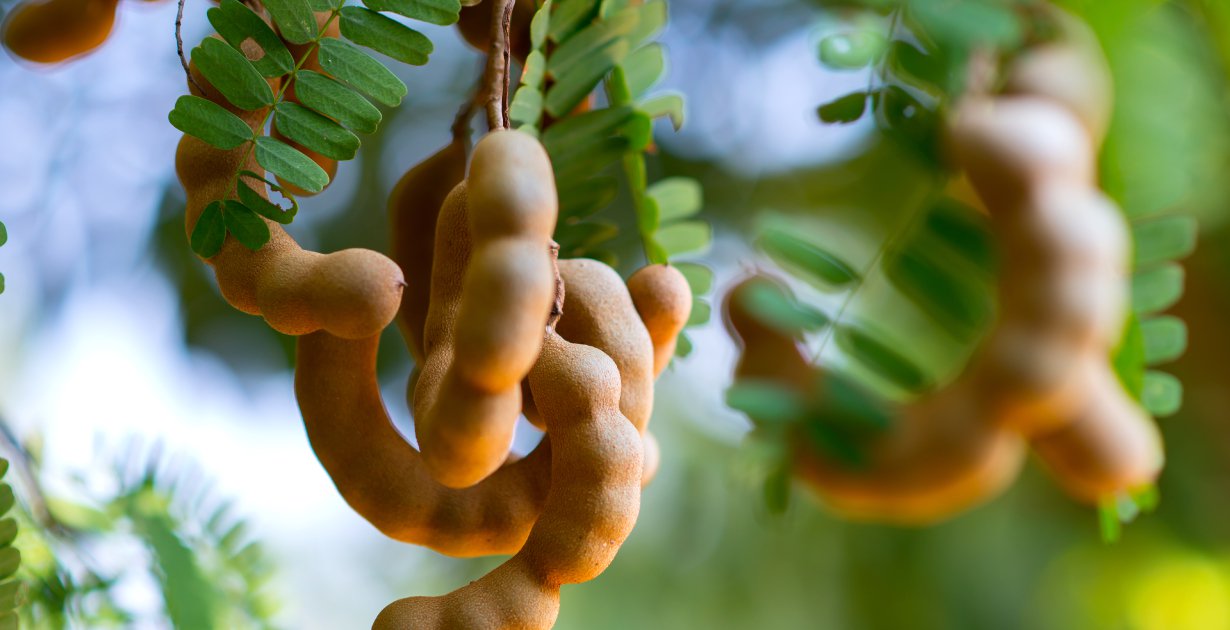Arjuna – Ancient Healer of the Heart
In India, the Terminalia Arjuna tree is considered so sacred that eleven of its leaves are offered for a healthy heart and good blood circulation to Lord Ganesh, the elephant-headed Hindu God who is known as the “remover of obstacles”. Through this offering, it is said that Lord Ganesh will bestow his great blessings. The…
Details















